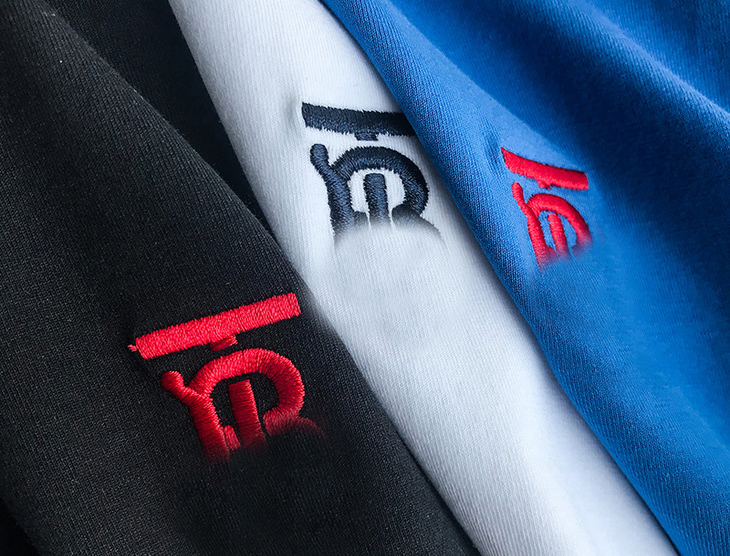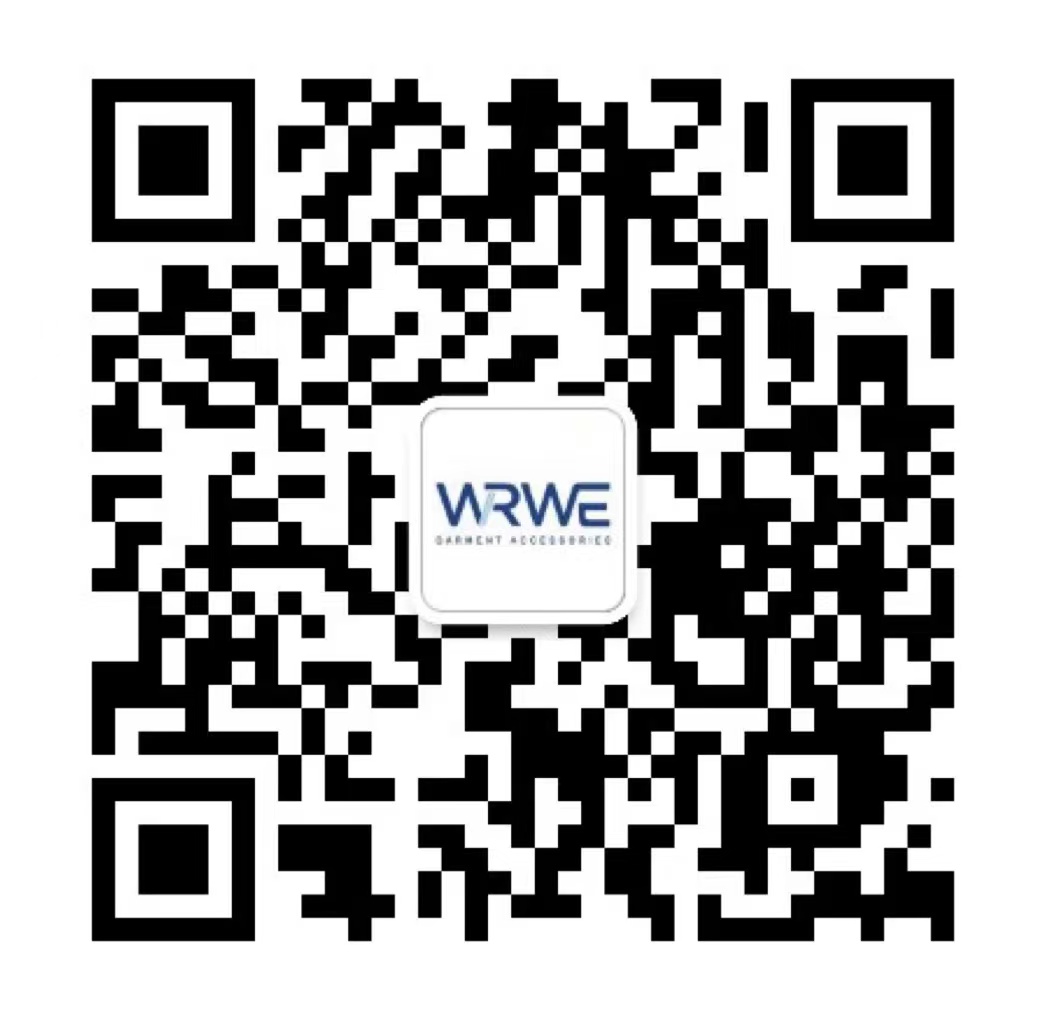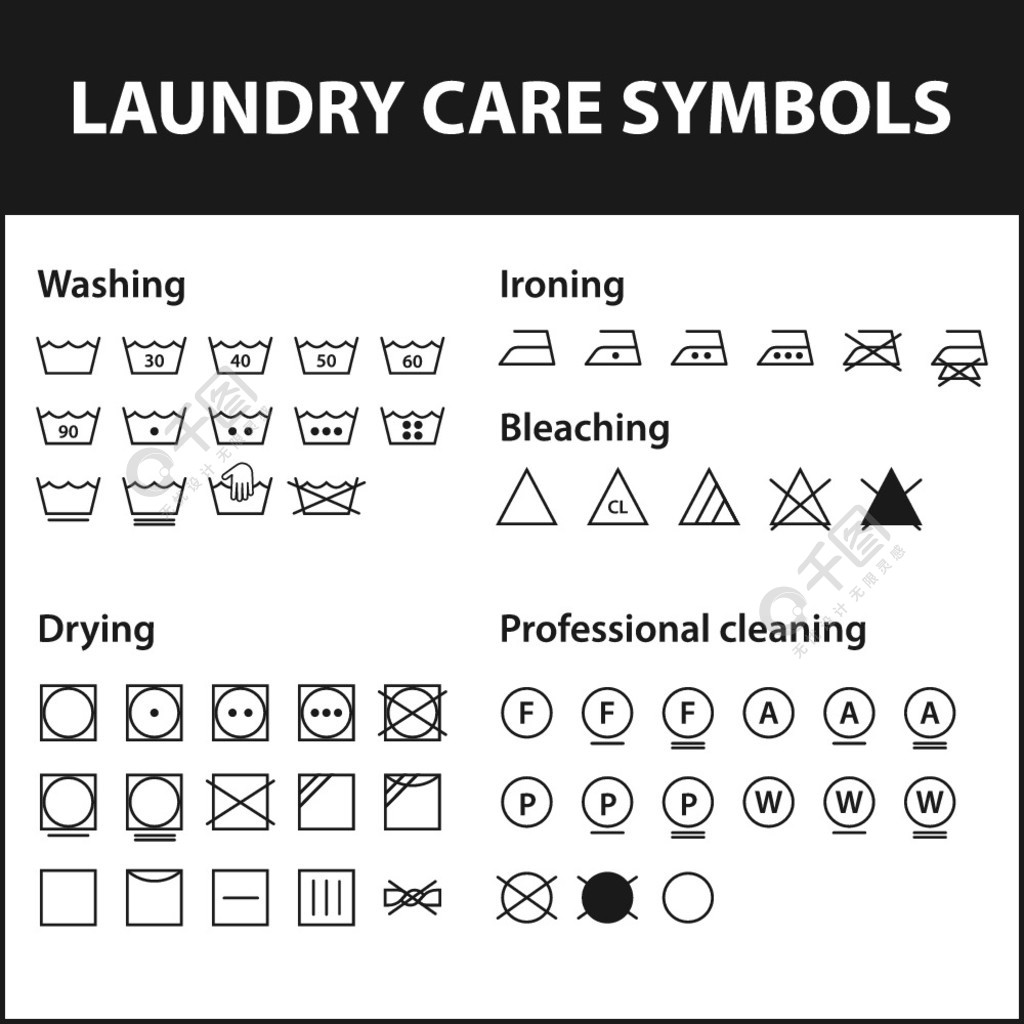There are now many ways to print logos on clothes, and different printing technologies and methods will have different effects. Here are four ways to print your logo:
Silk screen printing
Screen printing technology originated from China. Screen printing belongs to stencil printing. During printing, the ink is transferred to the clothes through the mesh of the graphic part through the extrusion of the scraper, forming the same graphic and text as the original. It is prepared first during printing. The mesh frame is a hollow mesh in the patterned areas of the frame, and the mesh is coated in areas without patterns. During printing, the color paste is scraped through the mesh and printed onto the clothes. There will be as many mesh frames as there are colors in the pattern. Apply colors one by one, this method is suitable for mass production.
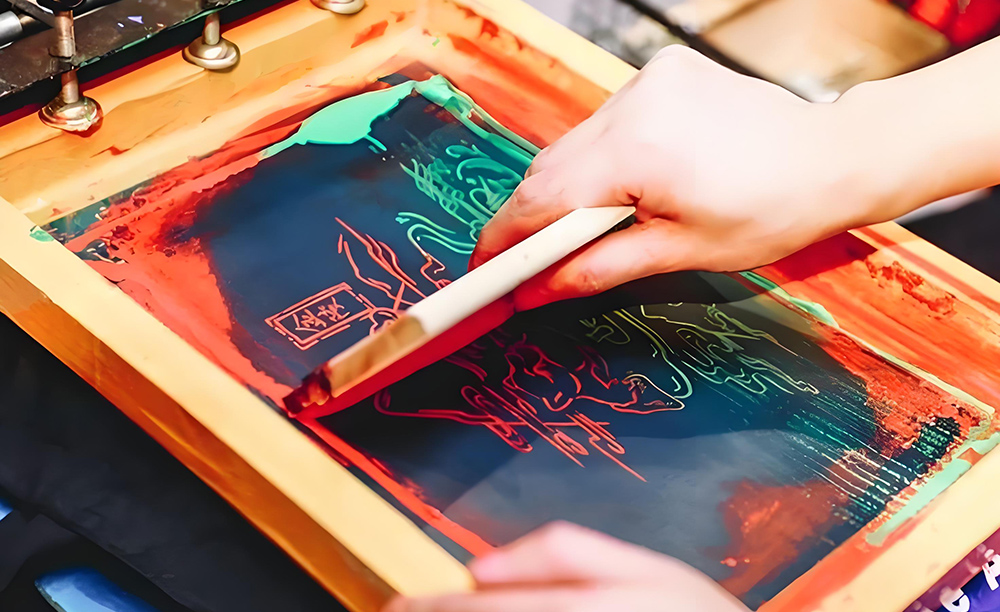
Thermal transfer printing
The main principle of thermal transfer printing is to sublimate the ink on the paper to the fabric through high temperature and high pressure. It is mainly used for polyester fabrics. The color of the fabric is mainly white, but light colors are also acceptable. Pure cotton fabrics are not suitable for sublimation. Because pure cotton fabrics do not absorb ink, and the temperature is high during heat transfer, the temperature has a great impact on the cotton cloth surface, not only the color of the cloth surface, but also the shrinkage and so on. This method works on a variety of fabrics, including cotton, polyester, and more. It is suitable for small batch production and can also be used for personalized customization.

Digital direct printing
Simply put, digital direct-injection printing means directly inputting images or source files into the computer through various digital means, such as scanners, digital cameras, etc., and then editing and modifying them through the printing software system to form the required files, which are then controlled by special RIP software. A direct-injection printing machine prints ink (paint, active, acidic, dispersed) directly onto clothes through a nozzle on demand, and then undergoes post-processing to obtain clothes printed with high-precision patterns. It is suitable for complex patterns and small batch production.
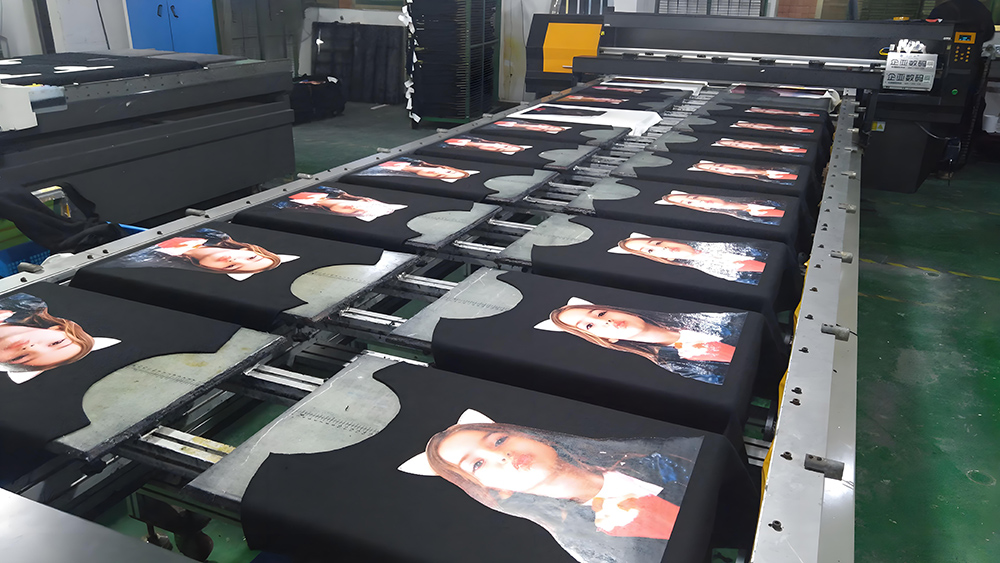
Embroidery
Embroidery is a general term for various decorative patterns embroidered on fabric by needle and thread. There are two types of embroidery: silk embroidery and feather embroidery. They use needles to pierce silk threads or other fibers and yarns on embroidery materials with certain patterns and colors, and use embroidery traces to form decorative fabrics. It uses needles and threads to embroider people’s An art of designing and crafting additions to any fabric that exists, this is a durable and upscale method that works well for logos that require durability and a sophisticated look.
